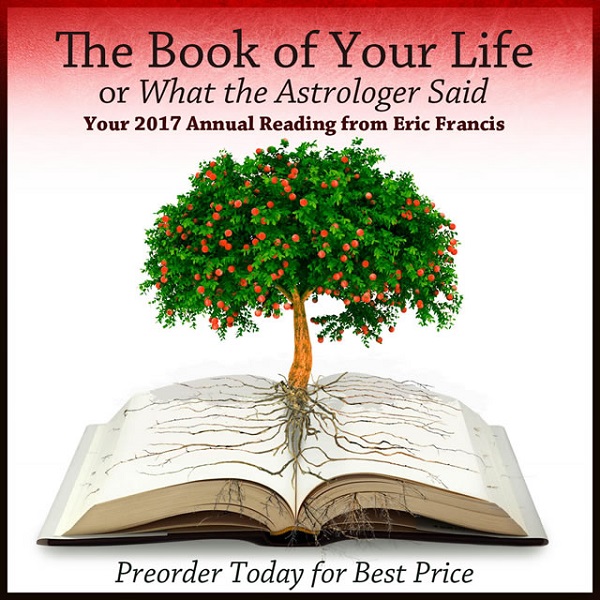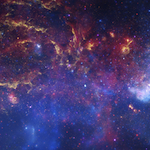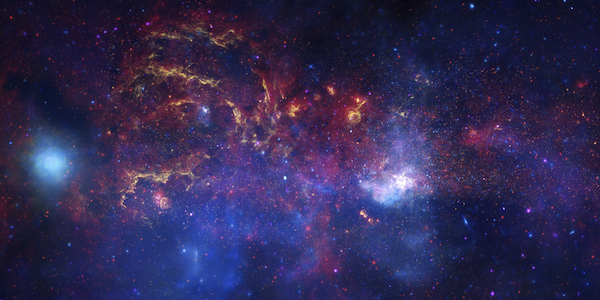“Do not consider me now as an elegant female intending to plague you, but as a rational creature speaking the truth from her heart.”
— Elizabeth Bennet in Pride and Prejudice
Jane Austen helped bring me up. I was in my mid-teens when my school class began reading Pride and Prejudice. I was a mess; my parents’ separation a few years previously had resulted in two households where, for various reasons, I was neither schooled nor nurtured.
So I turned for help to the best books I could lay my hands on, and Jane’s were among them.
For an author so well known, the details of Jane Austen’s life are strangely vague. Part of the reason for this was that her family burnt most of her letters after her death: her beloved sister Cassandra did not wish the younger members to see the “sometimes acid or forthright comments” Jane had written about their elders.
What is known is that she was born in Steventon on Dec. 16, 1775, to a rector and his wife. She had seven siblings. Her father allowed his daughters the run of the family library, and supported their artistic ambitions and supplied paper. All of this was unusual. According to the standards of the time, a woman’s education was supposed to be limited; as Jane herself remarked in Northanger Abbey, “A woman, especially, if she have the misfortune of knowing anything, should conceal it as well as she can.” Women were also not meant to have any public station; for women, publicity meant notoriety.
Hence the very gift that made Jane Austen so unique was frowned upon in wider society. During her lifetime, her works were published anonymously; her gravestone epitaph by her brother James, following her death at the age of 41, does not explicitly mention her writing. It was only after she died that she was identified as the author of her novels.
Jane’s writing itself bucked another trend of the times. Sentimental and Gothic novels were in vogue, as was the poetry of Byron and Cowper. In Love and Freindship [sic], which she wrote at only 15, she cleverly skewered the fashion for sentimentality and the smugness behind it. Northanger Abbey was a pastiche of Gothic fiction, parodying the cartoonish villainies and ludicrous predicaments of that genre while explaining, through the character of General Tilney, what a real villain did.
She was not unaware of controversial social issues, either: openly mentioning slavery in one novel, and in another giving a repulsive character the same surname as a well-known slave owner. In Mansfield Park, she also criticized the double standards of morality imposed on men and women.
So what of her astrology? Well, unusually for someone born in the 18th century, we have a birth time: a quarter before midnight. This gives Jane Virgo rising. It’s very clear that she cared about getting the details correct; her vocabulary and character drawing were both tools she wielded with minute precision. Neptune rising, also in Virgo, combines that attention to detail with a potent imagination.
Her sense of humor can be found in the Sagittarius Sun and Mercury, with Venus (her Moon ruler) in Scorpio perhaps adding the acerbic wit. Mercury’s third-house position is suggestive of the local flavor of her writing; Vesta in the fifth house shows her devotion to her craft, which helped her to break out of a restrictive web of social mores.
I could probably rattle on for several paragraphs longer, but I’ll leave further discussion for the comments, and hand you over to the lady herself:
For what do we live, but to make sport for our neighbours, and laugh at them in our turn?
— Mr. Bennet in Pride and Prejudice











